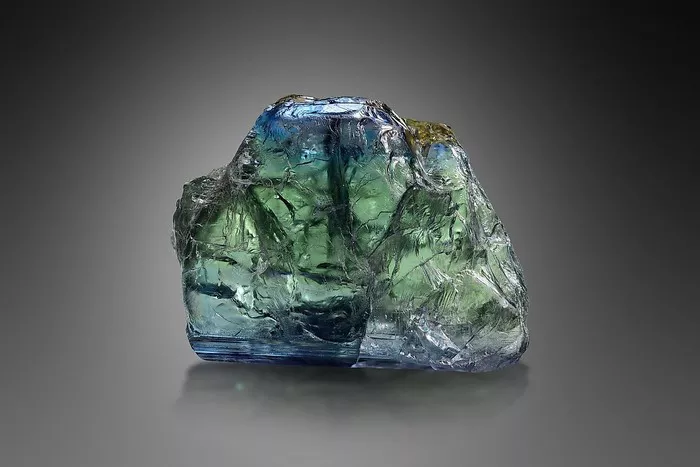Tanzanite, a captivating gemstone revered for its mesmerizing blue hues, has long held a prominent place in the world of jewelry. However, its exclusivity and limited availability have raised questions about the future of tanzanite mining. This article aims to explore the potential timeline for the depletion of tanzanite deposits, examine the factors influencing its availability, and discuss the implications for the gemstone industry and enthusiasts worldwide.
The Rarity of Tanzanite:
Tanzanite, scientifically known as blue zoisite, owes its uniqueness to a combination of geological conditions and mineral composition. It is found in only one location on Earth—the Merelani Hills in Tanzania. The scarcity of tanzanite, coupled with its extraordinary beauty, has contributed to its high value and desirability.
Geographical Constraints and Tanzanite Reserves:
The limited geographic extent of tanzanite deposits in the Merelani Hills poses a challenge to the sustained extraction of this gemstone. Exploring the extent and depth of the reserves, along with the rate of extraction, is crucial in determining the longevity of tanzanite mining.
Factors Influencing Tanzanite Availability:
Several factors influence the availability of tanzanite, including geological considerations, mining practices, environmental regulations, and market demand. Understanding these factors is essential for predicting the future of tanzanite mining and its eventual depletion.
Geological Considerations and Mining Challenges:
Tanzanite deposits in the Merelani Hills are finite and occur in complex geological formations. Extracting the gemstone requires careful planning, advanced mining techniques, and adherence to strict safety standards. Geologists and mining experts analyze the geological structures to identify potential mining sites and optimize extraction methods.
Sustainable Mining Practices:
To ensure the longevity of tanzanite mining, sustainable practices must be adopted. This includes proper mine planning, reclamation efforts, waste management, and responsible water usage. Collaborative efforts between mining companies, government authorities, and local communities are vital in establishing sustainable mining practices.
Assessing Tanzanite Reserves:
Geological surveys, resource estimation, and ongoing research play a crucial role in assessing the remaining tanzanite reserves. By employing sophisticated techniques such as remote sensing, geophysical surveys, and geological modeling, experts can estimate the quantity and quality of tanzanite yet to be extracted.
Market Demand and Economic Factors:
The demand for tanzanite in the global market has a significant influence on the pace of its extraction. Fluctuations in market demand, pricing, and consumer preferences can affect the rate of mining and potential depletion. Economic factors, including labor costs, infrastructure development, and geopolitical considerations, also impact tanzanite mining operations.
Potential Future Scenarios:
Predicting the exact timeline for the depletion of tanzanite deposits is challenging, given the various influencing factors. However, based on current knowledge, it is reasonable to assume that tanzanite reserves in the Merelani Hills will eventually be exhausted. Several future scenarios are possible, including a gradual decline in production, the emergence of alternative sources, or a shift in market dynamics.
The Implications for the Gemstone Industry:
The depletion of tanzanite deposits will undoubtedly have a profound impact on the gemstone industry. As the supply diminishes, the rarity and value of tanzanite are likely to increase. Jewelry manufacturers, gemstone collectors, and investors will need to adapt to the changing market dynamics and explore alternative gemstones to meet consumer demand.
The Legacy of Tanzanite:
Despite the potential depletion of tanzanite reserves, its legacy as a remarkable gemstone will endure. Tanzanite’s impact on the gemstone industry, Tanzanian economy, and cultural heritage will be remembered. Efforts to preserve and protect tanzanite, along with sustainable mining practices, will contribute to its long-term significance.
Conclusion:
The future of tanzanite mining raises intriguing questions about the gemstone’s availability and the industry’s response to its eventual depletion. While it is challenging to determine the exact timeline, understanding the geological constraints, sustainable mining practices, market dynamics, and potential future scenarios provides valuable insights. As tanzanite’s allure continues to captivate enthusiasts worldwide, it is essential to appreciate its beauty while working towards preserving and cherishing this rare gemstone for generations to come.
Related topics:
- What Is the best color of tanzanite
- What Is tanzanite stone: A Simple Guide
- Where Is tanzanite found: A Quick Guide


